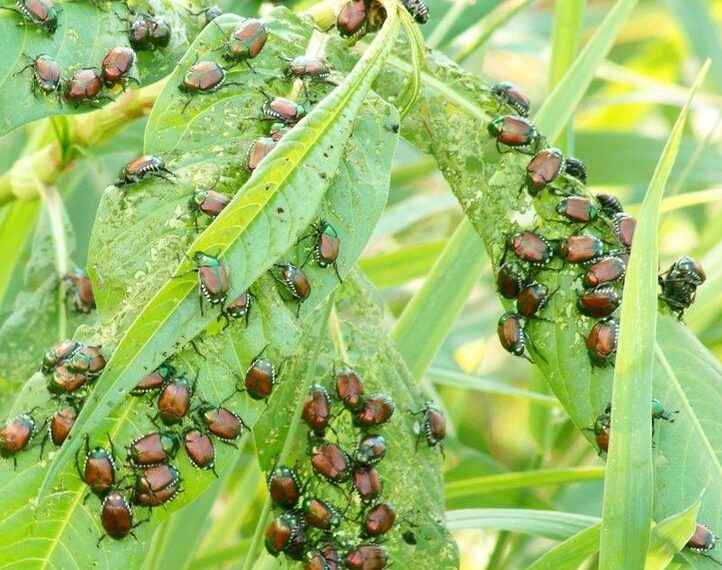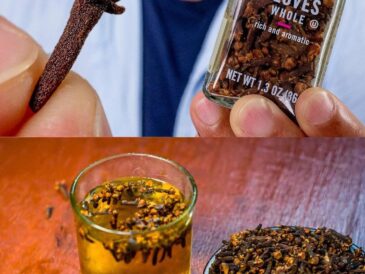Japanese beetles, known for their metallic green and bronze shells, are among the most notorious garden pests in North America. While their shiny exteriors might seem harmless, these beetles can wreak havoc on lawns, flowers, shrubs, and trees. Understanding their lifecycle and implementing effective control measures are essential for protecting your garden.
1. Meet the Japanese Beetle: A Brief Overview
The Japanese beetle (Popillia japonica) is native to Japan but has become a major pest in North America since its accidental introduction in the early 20th century.
- Appearance: About 1/2 inch long with a metallic green head and bronze wing covers.
- Habitat: Common in gardens, lawns, and agricultural fields.
- Feeding Habits: Adults skeletonize leaves, leaving only the veins intact, while larvae (grubs) damage lawns by feeding on grass roots.
2. The Lifecycle of the Japanese Beetl
Understanding the lifecycle of Japanese beetles is crucial to combating them effectively.
Egg Stage
- Female beetles lay eggs in moist soil, often in lawns or gardens.
- Eggs hatch within 2 weeks.
Larval Stage (Grubs)
- Grubs feed on grass roots in late summer and early fall, causing brown patches in lawns.
- They overwinter in the soil and resume feeding in spring.
Pupal Stage
- In late spring, grubs transition into pupae before emerging as adults.
Adult Stage
- Adults emerge in early summer, feeding and mating for 4-6 weeks before dying.
3. Signs of Japanese Beetle Infestation
- In Lawns: Brown patches, especially in late summer, indicate grub damage.
- In Plants: Skeletonized leaves and damaged flowers are common signs of adult beetle feeding.
- Increased Beetle Activity: Spotting groups of beetles on specific plants signals a potential infestation.
4. Why Are Japanese Beetles a Problem?
Japanese beetles cause double trouble:
- Adult Damage: They feed on over 300 plant species, including roses, grapes, and fruit trees.
- Grub Damage: Their larvae destroy lawns by eating grass roots, leading to thinning and dead patches.
5. Preventing Japanese Beetle Infestations
Prevention is key to minimizing damage.
TO CONTINUE READING THE ARTICLE PLEASE SEE PAGE 2




